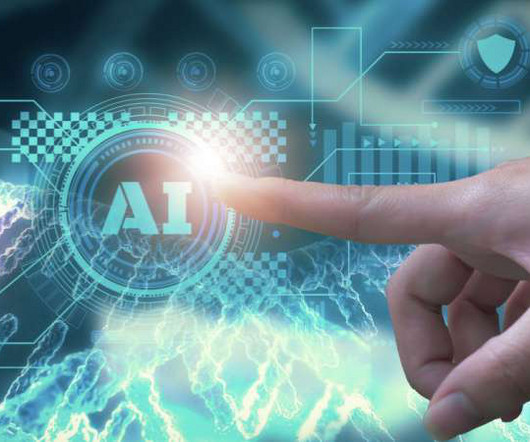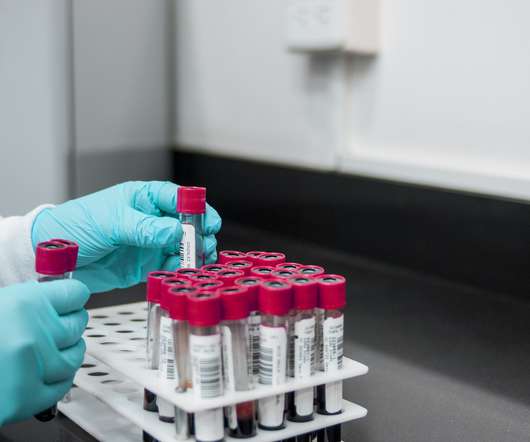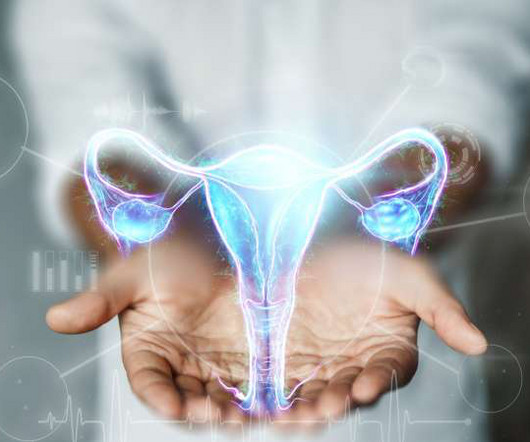Supercharging AI-drug discovery with strategic multiomic biobanks
Drug Discovery World
NOVEMBER 23, 2023
Narain , PhD, President and CEO of BPGbio asks how a better calibre of biobanks in life sciences can lead to more drugs making it to market. We eagerly await future data read-outs from trials because after all, it is the drug that patients are waiting for, not our fancy algorithms. But the utility of biobanks varies.












Let's personalize your content